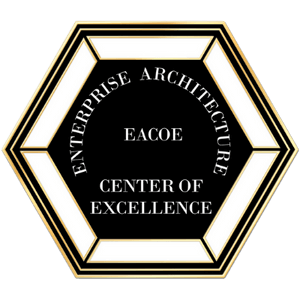While Enterprise Architecture (EA) defines what needs to be done, planning defines when Enterprise Architecture Frameworks will be implemented.
Enterprise Architecture planning is the process of defining Architecture for the use of information in support of the business and the plan for implementing them.
In a top-down approach, EA approaches the business processes plan, develops the IT plan or the applications plan and a plans to better align business with IT, called a functional plan. Planning EA is critical to a company’s performance.
It can benefit an organization in several ways: identifies gaps between baseline and targeted states and recommends a sequencing plan to bridge the gap, helps in information sharing across the board, and helps to track performance and minimize overall costs.
Enterprise Architectures Have Life Cycles
An Enterprise Architecture Life Cycle (EALC) is the basic planning format applied to Enterprise Architecture and strategic planning. Within an EALC, different activities in the project are implemented in a timely and effective manner.
There are several activities involved in Enterprise planning.
First is to envision and define the scope of the architecture environment.
Second is to identify key stakeholders.
Third is to create a business case for systems and finally to create the project and
evaluate and maintain it.
The various steps in an EALC are:
EA Development
Portfolio Management
Project Management
Solution Delivery and
Organization Change Management.
These are the broad areas that must be looked into in order that Enterprise Architecture and system development go hand in hand.
Enterprise Architecture and Systems Development Ensure Mutual Coexistence
All large companies plan, develop, test, and install software systems to rely on their information and data needs. A system is essentially a set of processes by which an organization achieves its objectives. No system functions in a vacuum. They coexist with numerous other systems in organizations.
Enterprise Architecture and system development is concerned with the fact that every system in an enterprise must not only fit in, but should also reflect the strategy and vision of the business.
Within an Enterprise Architecture life cycle, a given application must be developed so as to take advantage of a shared infrastructure. It should not adversely affect other systems in an organization.
Want To Learn More About Enterprise Architecture?
We offer best-in-class Enterprise Architecture workshops by experienced practitioners to help you learn and become certified in Enterprise Architecture.

